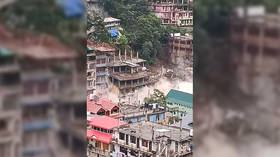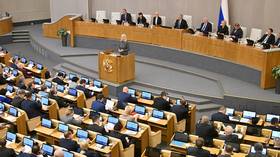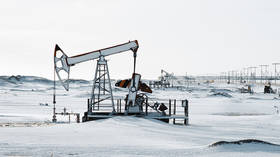The traveling swarm: Hordes of tourists are destroying this legendary mountain range

After the Indian government on Monday informed the Supreme Court that it will evaluate the “carrying capacity” of 13 Himalayan states, the focus is squarely on the northern hill state of Himachal Pradesh (‘Land of Snow’), which this season suffered 72 flash floods and where nearly 400 people (and thousands of animals) died in rain-related incidents.
The “carrying capacity” is the maximum population size that an ecosystem can sustain without becoming degraded, according to the GB Pant National Institute of Himalayan Environment. This load-carrying capacity of hill towns and stations has come under critical pressure in recent years.
Himachal Pradesh, or HP, has globally-famous hill stations such as Shimla, the Kullu Valley, Manali (most popular with foreign backpackers), and Dharamshala (the base for the Dalai Lama). With natural disasters on the rise – according to the state government, there were ten flash floods in 2020, 16 in 2021, and 75 in 2022 – Chief Minister Sukhvinder Singh Sukhu claimed that his state has suffered damages totaling Rs 12,000 crore ($1.4 billion) this year.
No wonder, then, that while every summer HP is usually bustling with tourists, with kilometer-long traffic jams and chock-a-block hotels, the summer of 2023 saw less tourism, no doubt due to the calamities and viral videos of hotels and temples collapsing on the riverside.
Heavy rains triggered landslides and flash floods that unleashed havoc, destroying hundreds of roads and damaging property. Experts say the impact of disasters has increased exponentially due to unchecked construction on river floodplains, unsafe construction in ecologically-sensitive areas, and hydropower projects, among other issues.
A looming reason is the pressure of tourism. Every year, HP receives more visitors than its own population of nearly 7.8 million. In 2022, tourists numbered 15.1 million (both domestic and foreign).
In fact, until the rains, HP had recorded 10.6 million tourists in the first six months of 2023, the highest ever for that time period. About 7 million of those were in May 2023 alone.
Compare this to 1991, when tourist arrivals were about 2.38 million, or to the 4.68 million who visited in 2000. This increased to 19.6 million in 2017-18. HP, economically dependent on hydropower projects and tourism, is now planning to target about 50 million annual tourists by 2028. However, the increase poses another set of problems with the pressure on resources.
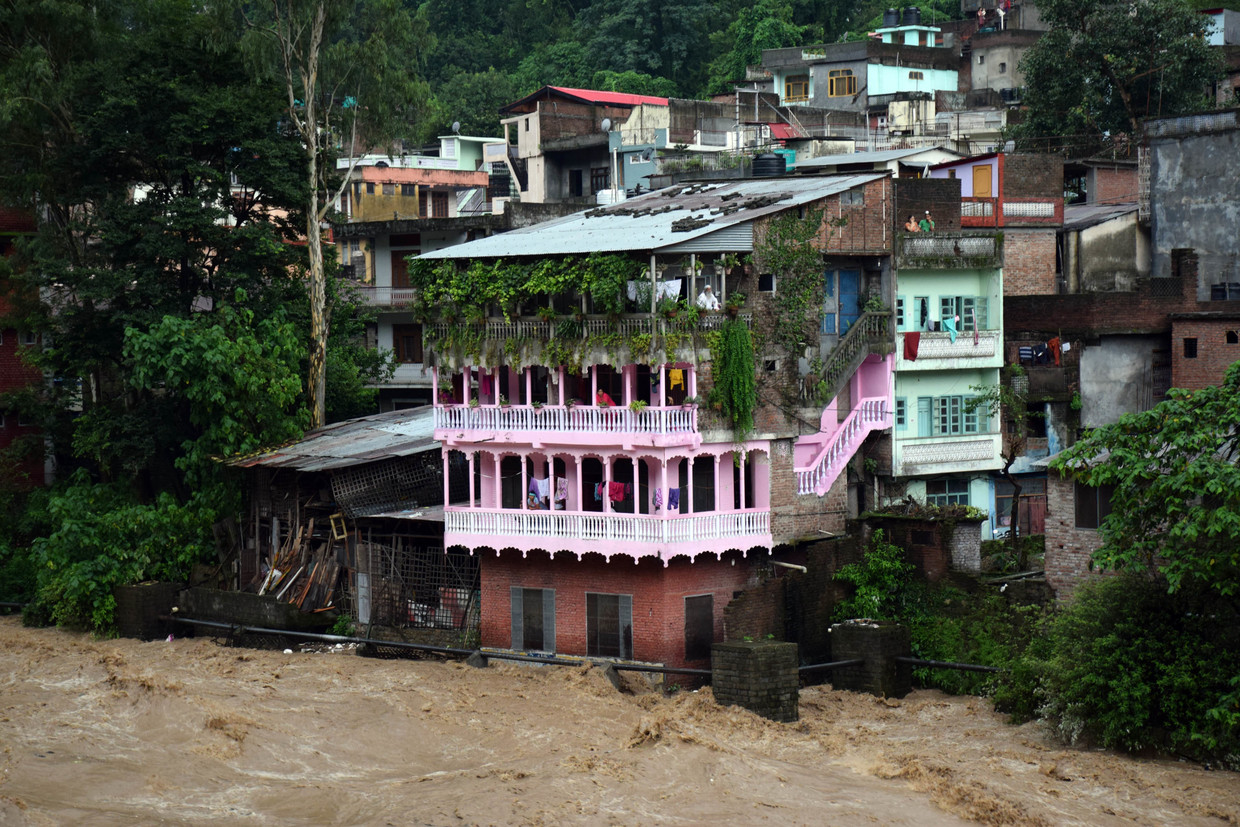
Tourism taking a toll
“The recent natural disasters are the result of overburdening and unplanned construction activities in the state,” said Mohinder Seth, president of the HP Tourism Stakeholders Association. “Almost all the hill stations are overburdened with tourists, with mushrooming growth of hotels and homestays… it is a further burden to urban areas.”
Visitors come for the scenic locales and religious tourism as the state is home to numerous Hindu temples. However, stakeholders and experts say it is taking a toll on the state’s resources.
In fact, the 2019 HP Tourism Policy admitted that the high influx of tourists leads to a disturbance of ecological balance in the fragile Himalayan region and emphasized the need for sustainable tourism. “Despite various benefits, mainstream tourism has negative connotations. The impact of mass-tourism and disregard to carrying capacity in the tourism development trajectory in the IHR (Indian Himalayan Region) have led to serious concerns among policymakers, residents and visitors,” the policy noted.
It stated that “global issues of resource depletion and environmental degradation may be seen as important as local ones, including the long-term effects of tourism on climate change and the impact of adaptation and mitigation measures on travel patterns.”
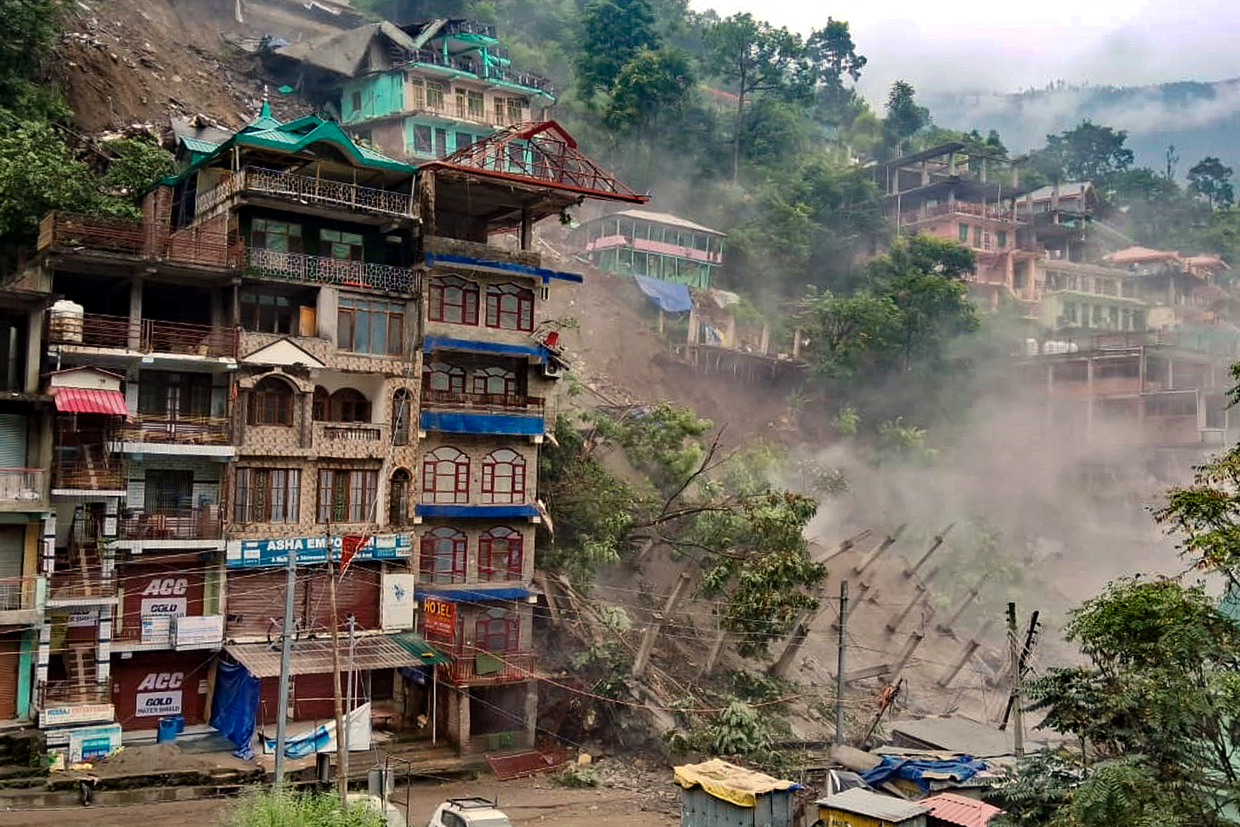
“Exploring trends promoting the tourism industry in a sustainable manner becomes dire,” the document added, noting that the “need of the hour, given our fragile ecosystem, is to ensure that this growth continues in a sustainable manner.”
Seth explained that hill stations are witnessing tourists more than their carrying capacity, and felt that the state shouldn’t give permission to new hotels or homestays as it will lead to further disasters during natural calamities such as heavy rains or earthquakes.
“Instead, the government should focus on strengthening existing facilities and ensuring proper drainage systems as it was one of the factors that increased the intensity of landslides,” he said.
Hem Singh Thakur, an environmentalist and lawyer, said the heavy influx of tourist vehicles had led to radical changes in the environment. For instance, Lahaul and Spiti district, which is now open year-round for tourists after the opening of Atal Tunnel (under the Rohtang Pass) at a height of 10,071ft above sea level, is now witnessing heavy rains, a new phenomenon, as the cold desert used to receive snowfall around the year.
“The excessive tourists in the region have resulted in huge carbon emissions in the cold desert, which is heating up with the pristine environment of the cold desert and the area is now witnessing heavy rains. This is causing heavy losses, for heavy rains are resulting in washing away of roads and other infrastructure in flash floods,” he said.
Himachal Pradesh University professor Devinder Sharma highlighted the havoc in Shimla, a popular tourist destination, during the disasters this year.
Shimla, which was developed by the British for a population of 25,000 and was once known as the summer capital of India, is now home to 250,000 people, resulting in heavy pressure on natural resources.
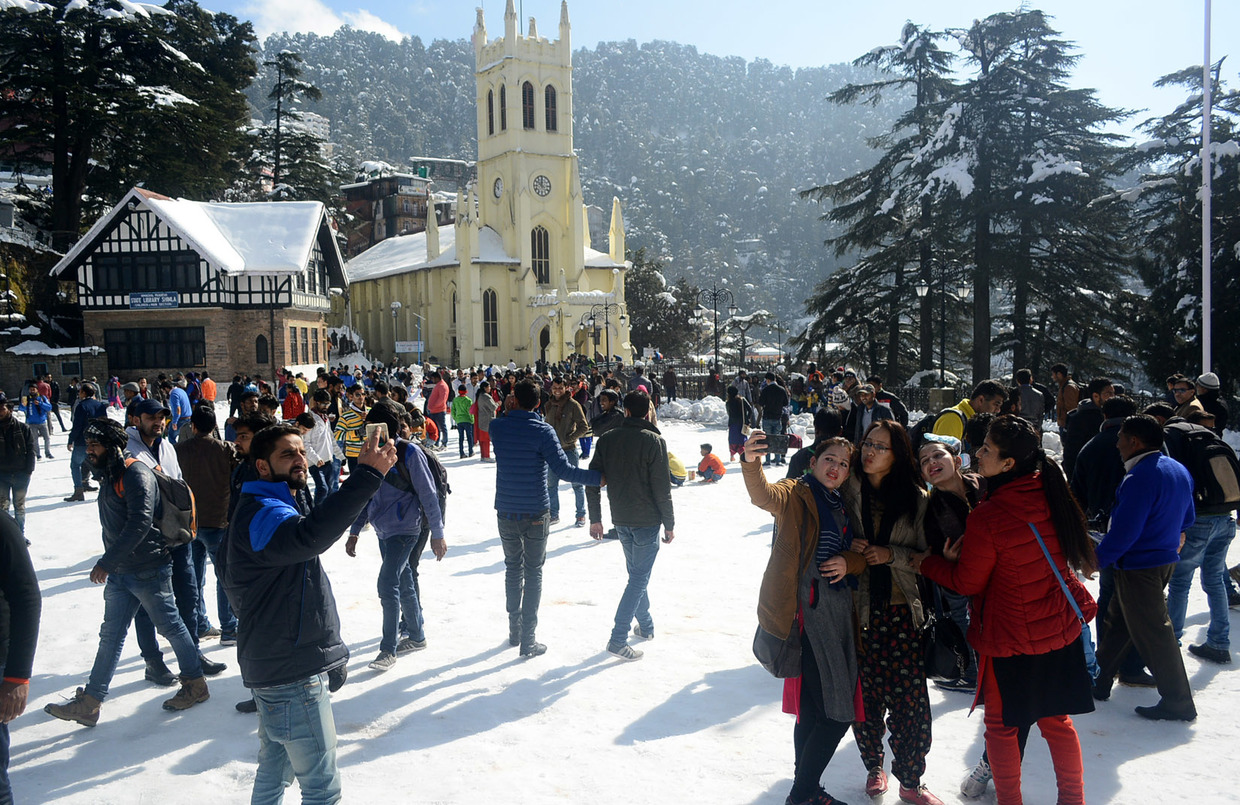
“We need to focus on sustainable development as per the soil structure and norms. But call it man’s greed, widespread construction activity is carried out across the state by flouting norms. Hotels or homestays are being constructed on riversides which are against regulations and directions of the National Green Tribunal and other regulatory authorities,” Sharma added.
Sharma said the cutting of hills for roads and other infrastructure projects to accommodate increased tourism is done in an unscientific manner, without soil tests or other topographic analysis. He emphasized that the hilly terrain in Himachal is not meant for four-lane roads, and the government should instead focus on constructing parallel roads to ensure stabilization of the hill strata and to minimize damage in heavy rains that are worsening due to climate change.
Is sustainable tourism the way ahead?
Both Himachal and neighboring Uttarakhand see a heavy tourist influx and are recording pressure on water resources and issues such as waste management.
A March 2023 study, ‘The Environmental Impact of Tourism on Mountain States’ by Jia Gunthey, notes that the mountainous regions of India are suffering a great environmental impact due to the increase in tourism. “Himachal, along with Uttarakhand, bears the biggest burden of the environmental damage as a result of tourism,” the study says.
Drawing attention towards waste management issues, she noted that in Dharamshala (HP), 200kg of dry waste is segregated daily and 25 tonnes a year.
The author noted that “a large percentage of the waste comes from eateries which have grown in number due to increased tourism. There is also increased pressure on the soil, causing soil erosion and natural habitat loss. Additionally, there is a strain on water, and sources of water, which are heavily being used by restaurants, hotel chains and places of accommodation for the incoming tourists.”
Thakur sought the promotion of electric vehicles in tourist hotspots. “This should specifically be done in high hill regions to reduce carbon emissions to save the environment. This will also lead to employment generation as locals will buy electric taxis or other small vehicles to ferry visitors across tourist attractions in major hill stations,” he said.
Mohinder Seth and Professor Sharma stressed the need to arrest the mushrooming of illegal hotels while calling for proper regulation and monitoring mechanisms. “There should be proper research on the carrying capacity of tourism destinations in HP and the focus should be on sustainable tourism,” Sharma said.

HP BJP spokesperson and a high official to former Chief Minister Jai Ram Thakur, Mahender Dharmani, said that though the tourism sector is a major contributor to the state’s GDP, the major hill stations now don’t have the capacity to accommodate a heavy influx of visitors.
Hill stations can’t support high-rise buildings, as has been seen in the recent rains. There is a need to seek expert opinion to identify the carrying capacity in the ecologically-fragile Himalayan region and an action plan should accordingly be prepared, he added.
For its part, the central government told the Supreme Court on Monday that it had set up a 13-member technical committee to evaluate the carrying capacity as set by the guidelines of the GB Pant National Institute of Himalayan Environment.
